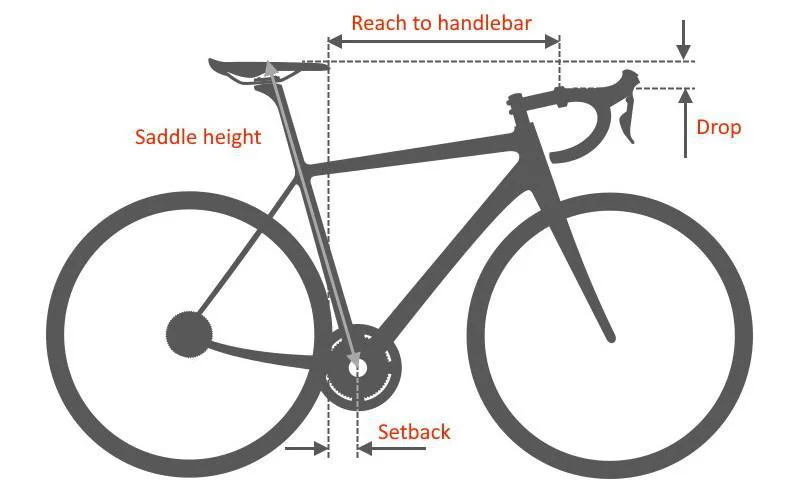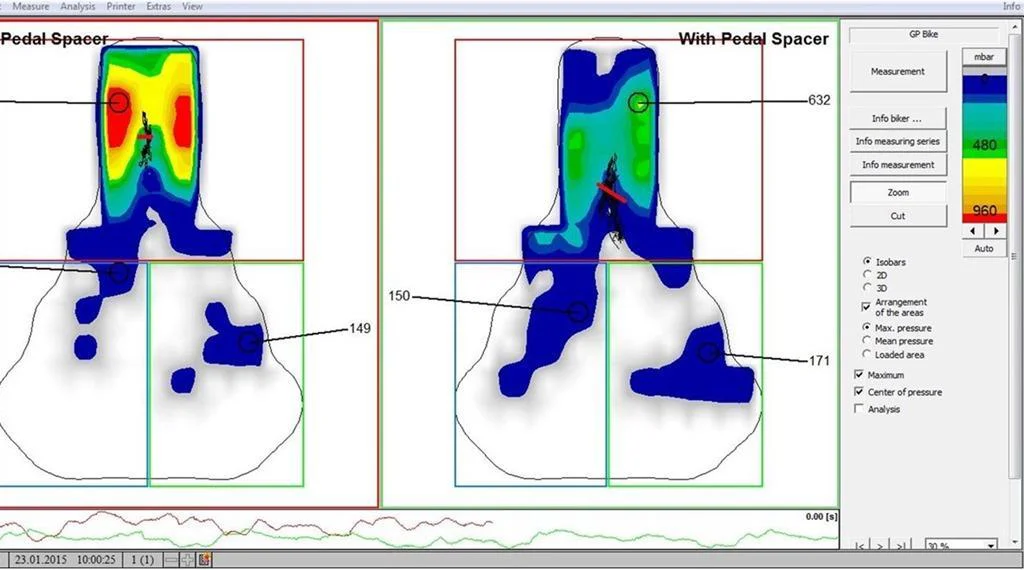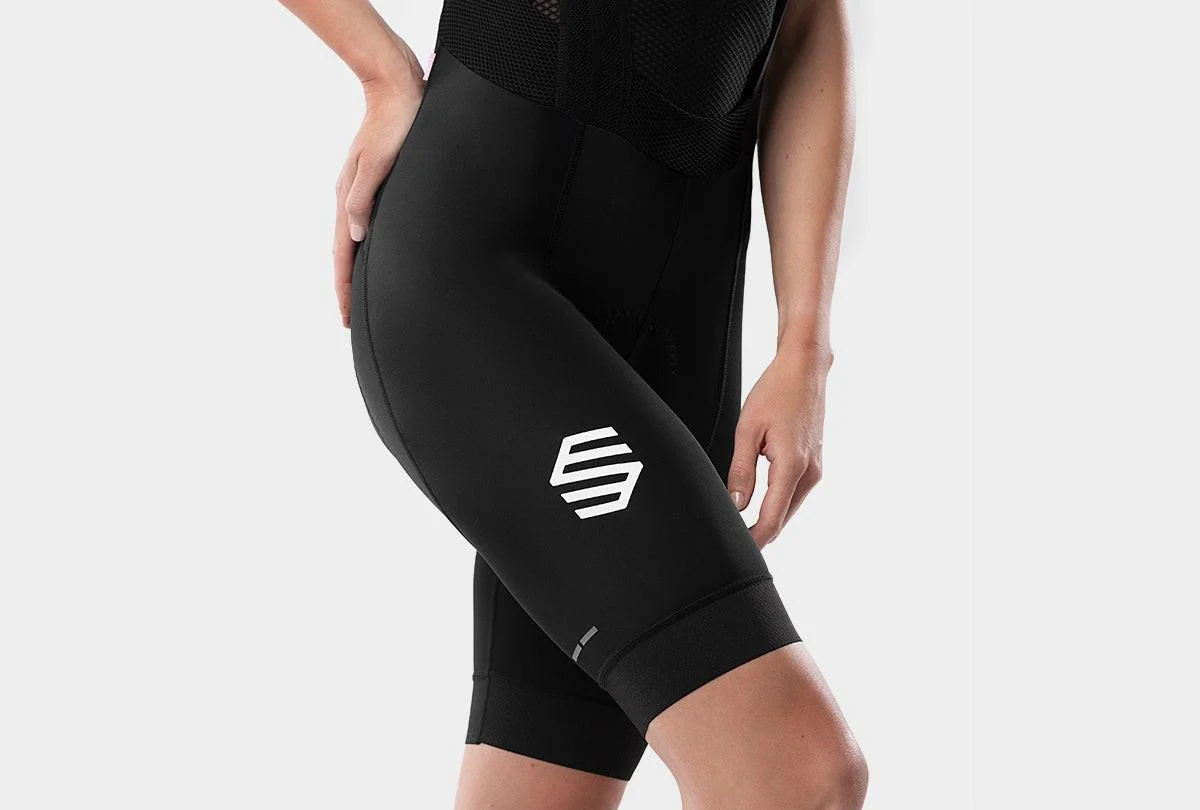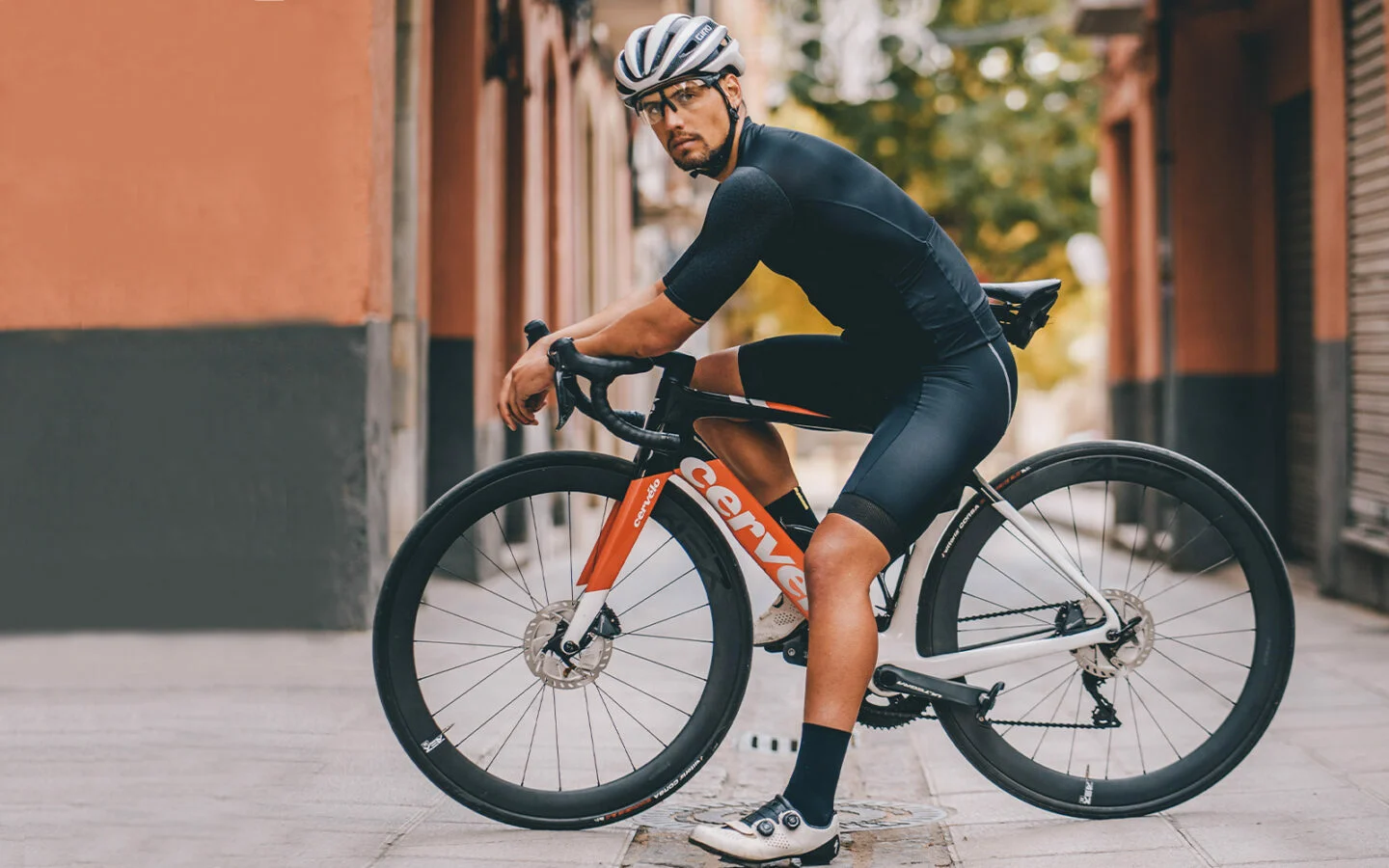We can blame the saddle, say that the chamois doesn’t work on over 3-hour rides or try countless anti-chafing creams, but any cyclist who suffers discomfort and pain in the butt, crotch and genital area, and wants to get rid of them, must get to the root of these problems: an incorrect position on the bike. Once the position is adjusted, we can start talking about saddles, bib shorts, chamois and anti-chafing creams to improve the comfort of our buttocks.

Therefore, the solution to get rid of a sore butt on the saddle is to find the right position on the bike. In order to do this, we recommend getting a biomechanical study done and having your bike adjusted by a qualified professional. You can also adjust things on your own at home, but the result will never be as good as the one offered by an expert. It can even be self-defeating, as adjusting the position at one point and in one direction usually involves other modifications that – if left undone – can lead to discomfort in another area and eventually make the whole DIY process more complicated.
If, despite our advice, you decide to do the adjustments on your own, these are the main reasons associated with the body position on the bike that cause butt pain and discomfort (in order of importance):
Incorrect saddle height
Most often the saddle is set too high, but it might also be too low. In the first case, we extend our legs too far when pedaling and – as one of our legs is dominant – we end up creating an imbalance when sitting on the saddle, resulting mainly in chafing, but also in numbness, especially if the handlebars are too low.
If the saddle is set too low, the discomfort will most likely be minor, but our hips, knees and ankles will be affected, as our legs will not extend properly and cause imbalances in the joints.
Saddle setback and handlebar reach
Saddle setback is the horizontal distance between the center of the bottom bracket and the front tip of the saddle. It is essential for correct weight distribution on the bike, as well as for pedaling efficiency, among other things. Its adjustment should be done independently of the reach and height of the handlebars. A saddle that is set too far backward, in addition to putting strain on the shoulders, arms and hands, can cause chafing and numbness because we tend to sit on the tip of the saddle on the soft tissues and genitals. If it is set too far forward, it can lead to crotch chafing and numbness in the buttocks, as well as lower back pain.

Handlebar reach becomes an issue if the distance between the saddle and the handlebars is too great. This might happen either because the saddle is set too far backward or the handlebars are set too far forward. In both scenarios, the rider tries to find a more comfortable position by sitting at the tip of the saddle – the narrowest part that offers very little support for the pelvis. If the cyclist wants to hold this position, they have to extend their arms and upper body, putting more weight on the saddle, especially if the handlebars height is set too low. The result is numbness and chafing in the genital area.
Cleat position
Wrongly positioned cleats can also cause discomfort in our buttocks and crotch. If they are set too far forward or too far backward, they can lead to instability throughout the entire leg resulting in the aforementioned aches in the joints and also discomfort on the saddle.
Pedal STANCE WIDTH

The crotch chafing can be caused by the wrong distance between the pedals so we need to pay extra attention here. A pedal stance width that is too wide or too narrow causes the knees to move inward or outward at the top of the pedal stroke. This, in addition to problems with hips, knees and ankles, can lead to chafing and discomfort in the crotch, groin and genital area.
Incorrect shoes and/or insoles

The shoes and/or insoles that do not provide the proper support for the foot and the arch create an imbalance that is transmitted upwards and, in addition to joint problems (ankle, knee and hip), can also lead to chafing and irritation in the crotch and groin.

Once we have got the most convenient position on the bike, it is time to start looking at the components and equipment, following this order:
- Choose the right saddle. It is not easy, and it is often a question of trial and error, but having the position previously set, it is much easier to find the right saddle among the huge variety of types and models.
- Do not use saddle covers or cushions. More padding does not mean more comfort. In fact, it’s quite the contrary, as you are adding an element that can make problems worse.
- Wear bib shorts in the right size. As we already mentioned in the guide to buying bib shorts, they should not be excessively tight, but not too loose either. A snug fit is preferable, so if you are in between two sizes, choose the smaller one.
- Choose the chamois that suits you best. Remember that there are chamois for men and women. They also come in different sizes, thicknesses and widths, depending on the needs of each cyclist.
- Do not use underwear with bib shorts.
- Wash and take proper care of the bib shorts. In this article you will learn how to take proper care of your cycling clothes.
- Keep the entire buttocks, crotch and genital area clean and healthy. Be careful with hair removal and the possible consequences of the different methods described in this post. If you have any infection, wound, irritation or any other problem that prevents you from sitting comfortably, see a specialist (dermatologist, gynecologist, urologist) and refrain from cycling until you get better.
- Use anti-chafing chamois cream. Helps protect the skin from chafing and rubbing against the saddle, especially during long rides. It can be applied on the skin, on the crotch, as well as additionally on the chamois to increase and extend its effect.
The bottom line is, before you change your saddle, bib shorts or try a new anti-chafing cream, seek out a professional bike fitter in your area to find the right position for you. It’s money well spent because, in addition to preventing all the aches and pains, it improves comfort and efficiency. This motivates you to go further or faster than you could have imagined when you started cycling, convinced that the pain in your buttocks was never going away.





Great article on a subject that I am asked about often as a long distance cyclist. You pretty much covered it all.
The main thing I tell people that ask is to not give up on cycling if your butt pain is uncomfortable even after doing all of the things you mentioned. One day you will get on your bike and everything will feel like it should.
Thanks for a comprehensive post.
Hello Bruce,
Thanks for reading it and for your comment. You’re right, sometimes your body need some time to get used to cycling. Patience, perseverance and professional help are useful tips.
Best
Siroko